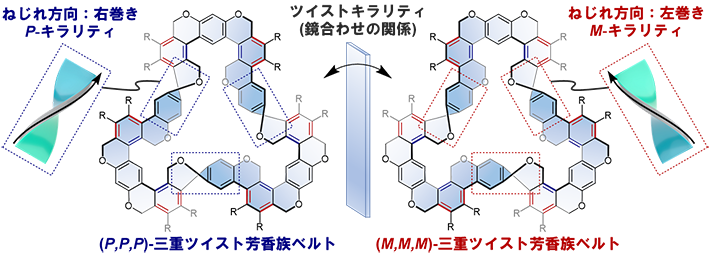2023-05-25 フィンランド・アールト大学
◆このデバイスは量子技術のマイクロ波測定を大幅に進歩させ、量子コンピュータの性能向上にも貢献する可能性があります。新しいボロメータは広い周波数範囲をカバーし、量子技術分野において重要な診断機器となると言われています。アカデミーと産業の協力による研究成果であり、将来的に量子技術の専門家に恩恵をもたらすと期待されています。
<関連情報>
- https://www.aalto.fi/en/news/quantum-scientists-accurately-measure-power-levels-one-trillion-times-lower-than-usual
- https://pubs.aip.org/aip/rsi/article/94/5/054710/2892940/Cryogenic-sensor-enabling-broad-band-and-traceable
広帯域かつ高精度な電力計測を可能にする極低温計測センサー。
Cryogenic sensor enabling broad-band and traceable power measurements
J.-P. Girard,R. E. LakeW. Liu,R. Kokkoniemi,E. Visakorpi,J. Govenius,M. Möttönen
Review of Scientific Instruments Published:May 25 2023
DOI:https://doi.org/10.1063/5.0143761

Recently, great progress has been made in the field of ultrasensitive microwave detectors, reaching even the threshold for utilization in circuit quantum electrodynamics. However, cryogenic sensors lack the compatibility with broad-band metrologically traceable power absorption measurements at ultralow powers, which restricts their range of applications. Here, we demonstrate such measurements using an ultralow-noise nanobolometer, which we extend by an additional direct-current (dc) heater input. The tracing of the absorbed power relies on comparing the response of the bolometer between radio frequency and dc-heating powers traced to the Josephson voltage and quantum Hall resistance. To illustrate this technique, we demonstrate two different methods of dc-substitution to calibrate the power that is delivered to the base temperature stage of a dilution refrigerator using our in situ power sensor. As an example, we demonstrate the ability to accurately measure the attenuation of a coaxial input line between the frequencies of 50 MHz and 7 GHz with an uncertainty down to 0.1 dB at a typical input power of −114 dBm.


